Author: Will Lovell
In October 2013, my wife and I met up with some friends for a road trip through the Bavaria region of Germany where in addition to visiting many castles and monasteries, we attend the biggest beer party in the world– Oktoberfest. I saw some pretty wile things on that trip, from oxen rotating on a spit to pretzels that were bigger than my head. I also consumed a rather large quantity of delicious beer.
Märzen was the traditional beer served during Oktoberfest, but by the late twentieth century, it had been largely replaced by Festbier, a paler lager with a bit more strength. The purported impetus for this shift was to offer drinkers a less complex and thus more drinkable alternative, and while I remain a fan of Märzen, I definitely associate the fall season with Festbier, which the BJCP describes as:
A smooth, clean, pale German lager with a moderately strong malty flavor and a light hop character. Deftly balances strength and drinkability, with a palate impression and finish that encourages drinking. Showcases elegant German malt flavors without becoming too heavy or filling.
Since returning from that trip to Bavaria, I’ve enjoyed having a keg of Festbier on tap to align with Oktoberfest, though time unfortunately got away from me this year and I was unable to make one using my standard approach. It was the first week of September, which gave me about a month to go from grain-to-glass, so I threw caution to the wind and decided to see what I could get away with in that timeframe!
| BREWING THE BEER |
I designed this Short & Shoddy Festbier recipe based off of past batches I felt were successful and relying only on the ingredients I had on-hand.
Short & Shoddy Festbier
Recipe Details
| Batch Size | Boil Time | IBU | SRM | Est. OG | Est. FG | ABV |
|---|---|---|---|---|---|---|
| 5.5 gal | 30 min | 20.4 | 6.2 SRM | 1.055 | 1.01 | 5.91 % |
| Actuals | 1.055 | 1.01 | 5.91 % | |||
Fermentables
| Name | Amount | % |
|---|---|---|
| Llano Pilsner | 12.75 lbs | 85 |
| Munich Malt | 2 lbs | 13.33 |
| Victory Malt | 4 oz | 1.67 |
Hops
| Name | Amount | Time | Use | Form | Alpha % |
|---|---|---|---|---|---|
| Saphir | 60 g | 30 min | Boil | Pellet | 3.5 |
| Saphir | 30 g | 5 min | Boil | Pellet | 3.5 |
Miscs
| Name | Amount | Time | Use | Type |
|---|---|---|---|---|
| Calcium Chloride (CaCl2) | 3 g | 0 min | Mash | Water Agent |
| Gypsum (CaSO4) | 4 g | 0 min | Mash | Water Agent |
| Whirlfloc | 0.5 items | 15 min | Boil | Fining |
Yeast
| Name | Lab | Attenuation | Temperature |
|---|---|---|---|
| Harvest (L17) | Imperial Yeast | 74% | 32°F - 32°F |
Notes
| Water Profile: Ca 61 | Mg 0 | Na 0 | SO4 78 | Cl 51 |
Download
| Download this recipe's BeerXML file |
The night prior to brewing, I collected the full volume of water and adjusted it to my desired mineral profile before milling the grain.
Having set the water to start heating up with a heat stick while I was still in bed, I woke up to properly heated water and incorporated the grains at 6:36 AM, checking to ensure it was at my desired mash temperature.
During the mash rest, I prepared the kettle hop additions.
Once the brief 30 minute mash was complete, I quickly sparged to collect the proper pre-boil volume then proceeded to boil for just 30 minutes, adding hops at the times stated in the recipe.
When the boil was finished, I quickly chilled the wort to 77°F/25°C, since that was as cool as my groundwater would get it, then I transferred it to a sanitized Kegmenter.
A refractometer reading showed the wort was at 1.055 OG, indicating I got about 56% brewhouse efficiency.
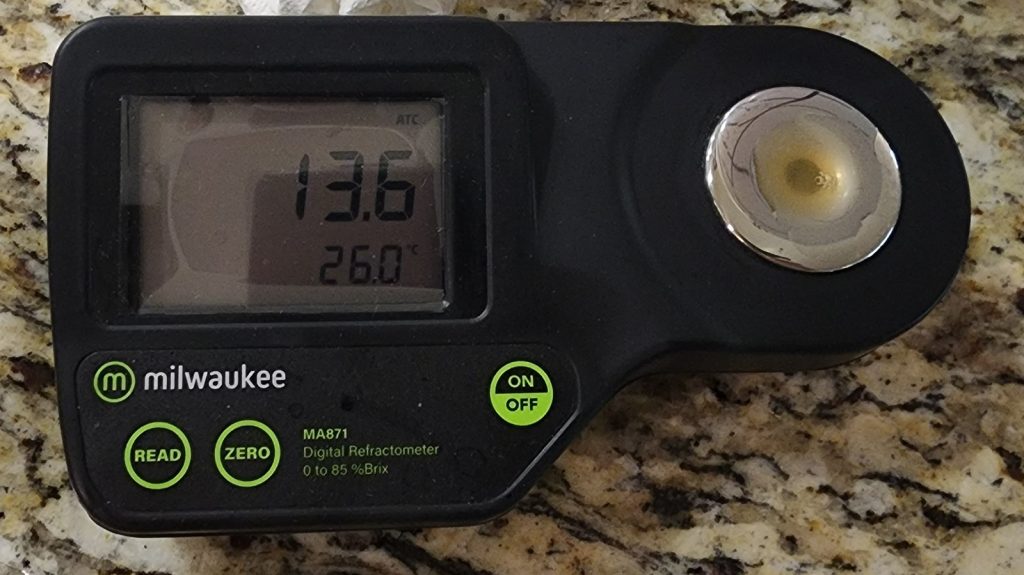
Next, I direct pitched a single pouch of Imperial Yeast L13 Harvest into the warm wort. The time was 9:07 AM for a total brew day time of just 2 hours and 31 minutes.
The filled fermenter was placed in my chamber controlled to 66°F/19°C, at which point I attached a spunding valve set to maintain 18 psi.
After just 5 days, I noticed an absence of activity and took a hydrometer measurement indicating FG had been reached.
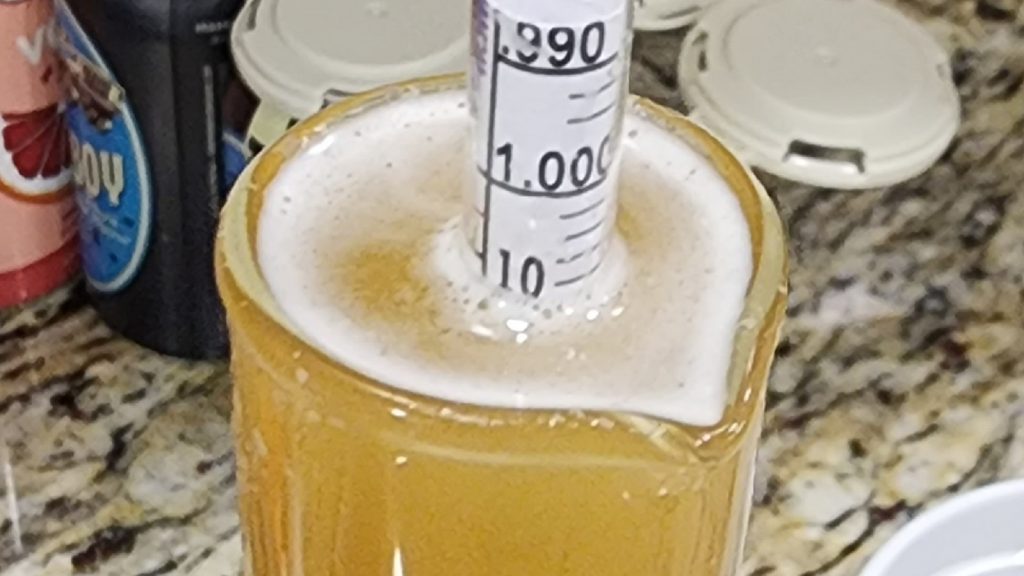
With fermentation complete, I cold-crashed the beer to 34°F/1°C then pressure-transferred it to a CO2 purged keg, which was placed in my kegerator and burst carbonated overnight before the gas was reduced to serving pressure. After just 2 weeks of conditioning, it was ready to serve to blind tasters.
| RESULTS |
A total of 20 people of various levels of experience participated in this Short & Shoddy evaluation. Participants were informed of the specific beer style and provided the BJCP description prior to completing the survey. Tasters were then instructed to rate how hoppy, malty, and dry they perceived the beer to be on a 0-5 scale where a rating of 0 indicated “not at all” and 5 indicated “extremely.”
Tasters were provided a list of common hop, malt, and yeast characteristics then instructed to select from each the one they perceived as being most prominent in the beer.
Hop Characteristics
Malt Characteristics
Yeast Characteristics
Next, participants were asked to indicate whether or not they detected any off-flavors in the beer; those who did were provided a list of common off-flavors and instructed to select the one they perceived as being strongest. Only one person noted perceiving an ester off-flavor in this beer.
Tasters were then asked to rate how well the beer represented the intended style, based on the provided BJCP description, on a 0-5 scale where 0 meant “not at all” and 5 meant “exactly.”
Finally, tasters were asked to rate how much they enjoyed the beer on a 0-5 scale where 0 indicated they hated it and 5 indicated they loved it.
My Impressions: I perceived this beer has having a rich malt backbone with complimentary toasty characteristics. The bitterness was right where I expected while hints of floral hop notes poked through. Overall, while the appearance left much to be desired, I thought this Festbier was delicious and incredibly crushable!
| CONCLUSION |
It’s been a couple decades since Festbier stole the Oktoberfest beer-of-choice torch, and while amber malty Märzen continues to be enjoyed by many, the crisp drinkability of the former is what modern drinkers associate with this historical event. As a lager style, Festbier is traditionally brewed using a number of arguably arduous methods, from lengthy step-mashes and extended boils to cool fermentation and prolonged lagering periods.
While a “proper” Festbier can take anywhere from 2 to 6 months to make, I didn’t have time for that and brewed my latest batch using a number of corner-cutting methods. Interestingly, despite the abbreviated mash and boil, warm fermentation temperature, and brief lagering time, the vast majority of tasters not only felt it was a good representation of the style, but they enjoyed drinking it as well.
I love Festbier and have consumed quite a bit in my day, and this one hit nearly every mark– toasty malt, floral hops, and clean fermentation. The haze wasn’t totally unexpected, especially since I allowed just 2 weeks of conditioning time, but I would have preferred more clarity. All in all, I was really impressed with how this beer turned out and, other than adding some fining after fermentation, I can’t think of anything else I’d change in the recipe or process.
If you have thoughts about this Short & Shoddy brew, please feel free to share it in the comments section below!
Support Brülosophy In Style!
All designs are available in various colors and sizes on Amazon!
Follow Brülosophy on:
FACEBOOK | TWITTER | INSTAGRAM
If you enjoy this stuff and feel compelled to support Brulosophy.com, please check out the Support page for details on how you can very easily do so. Thanks!


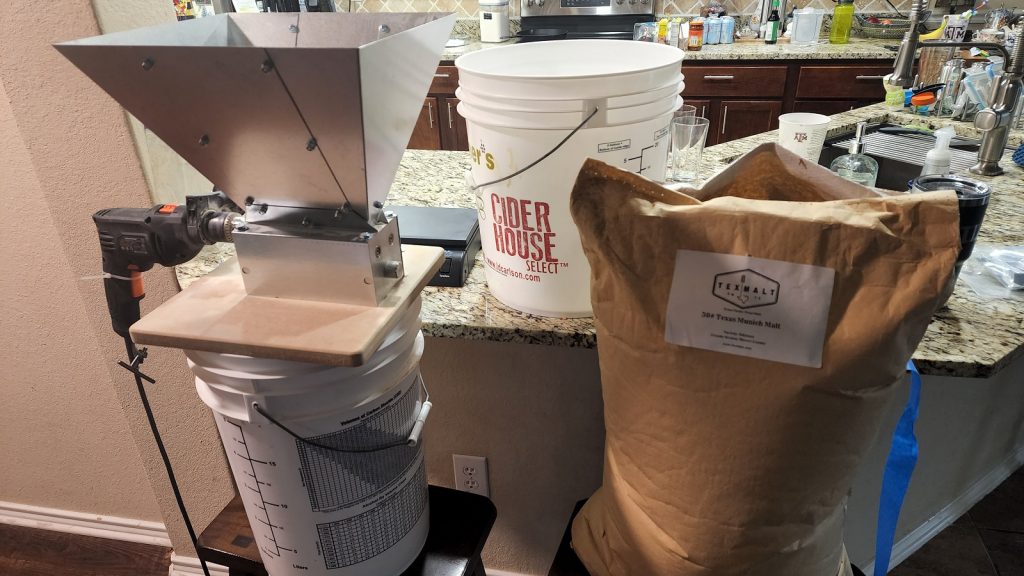
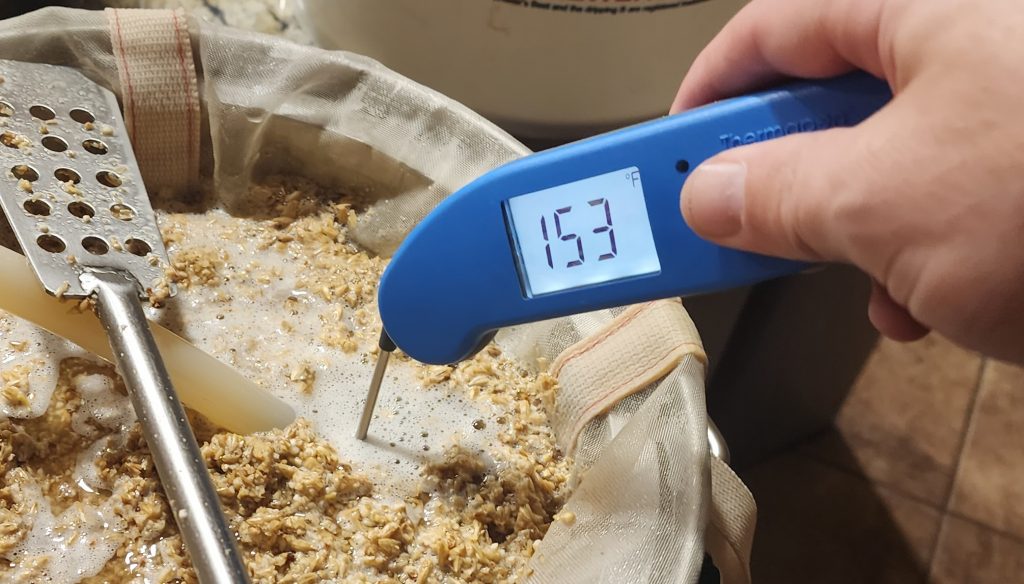
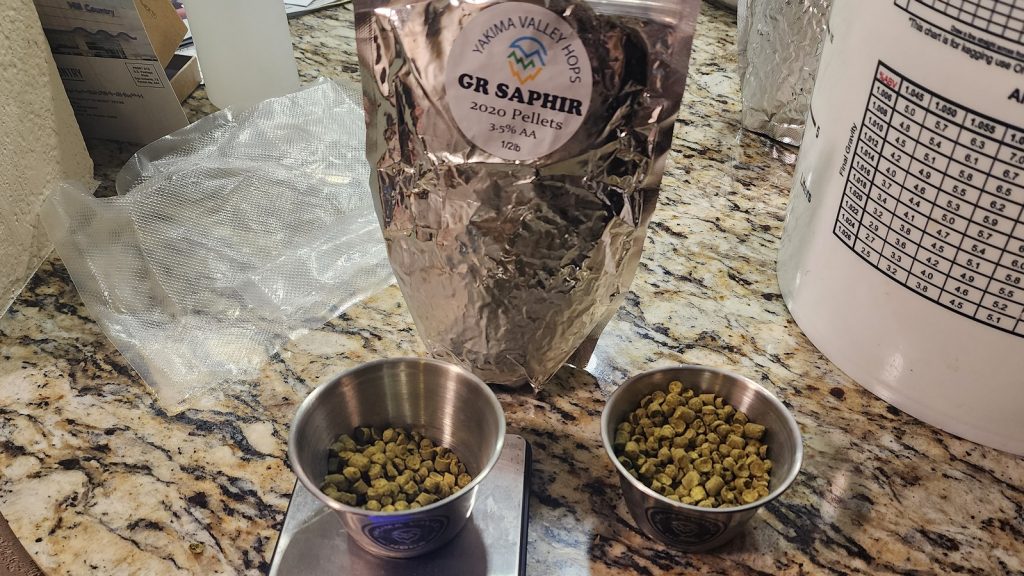
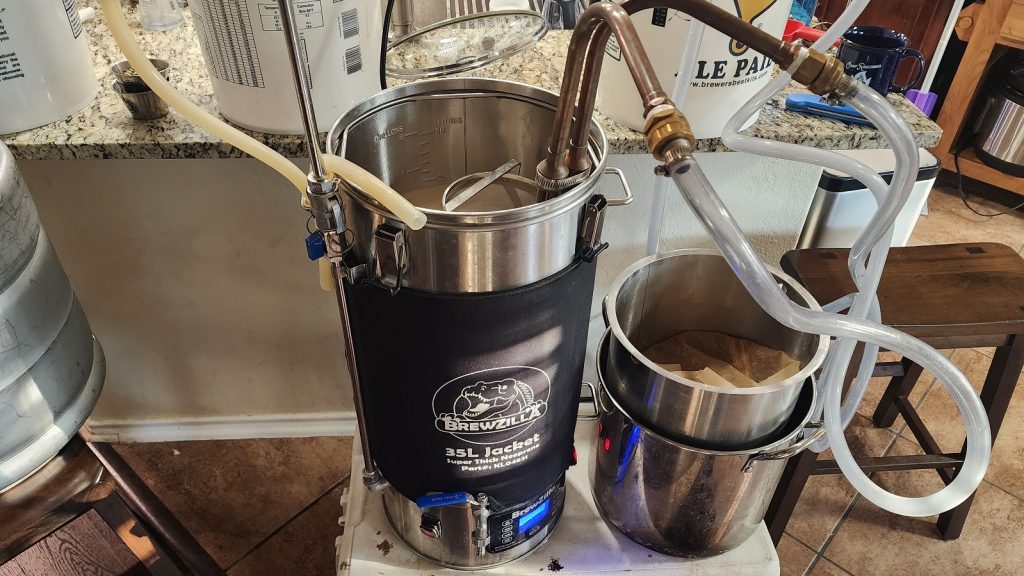
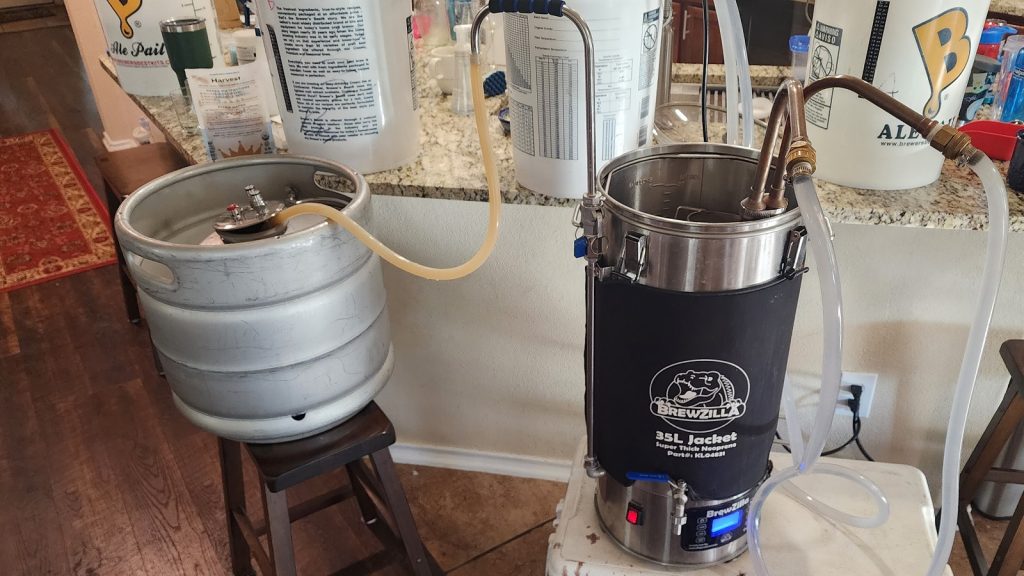
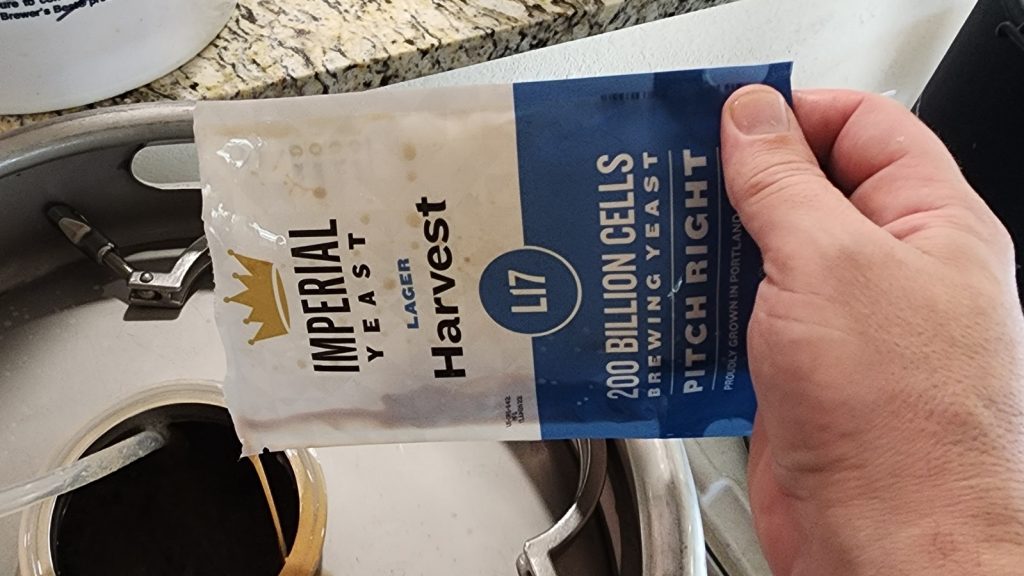
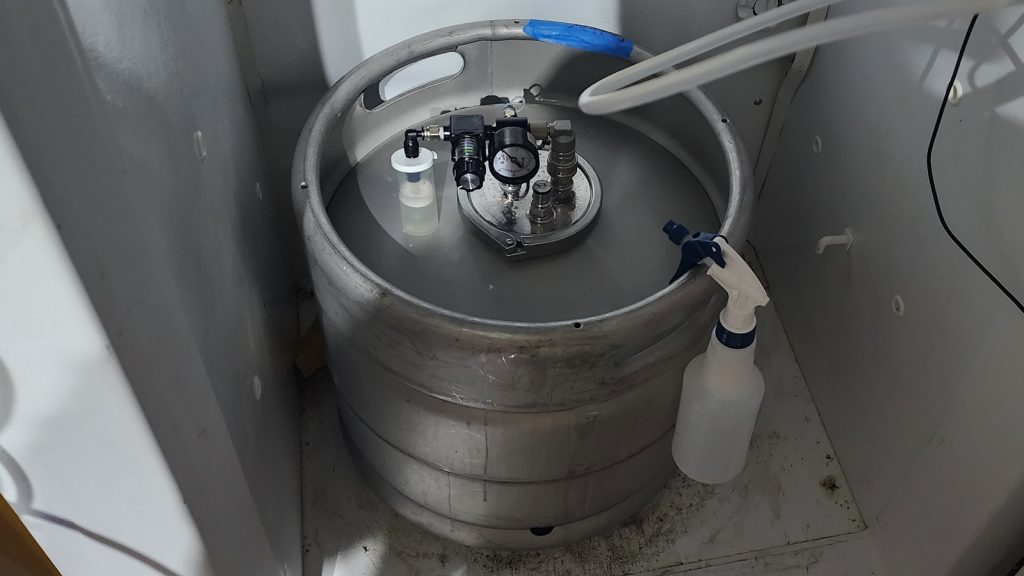
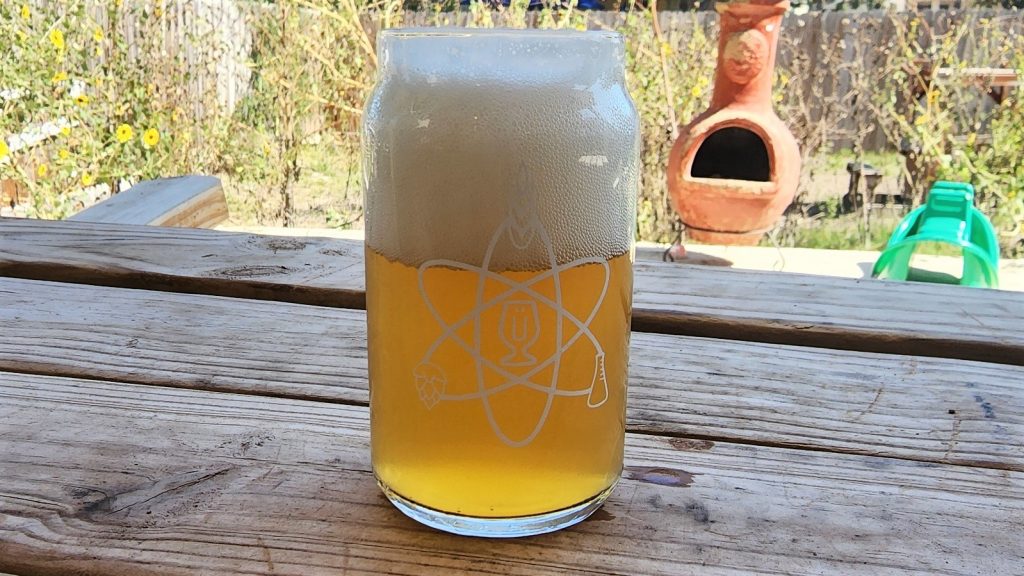
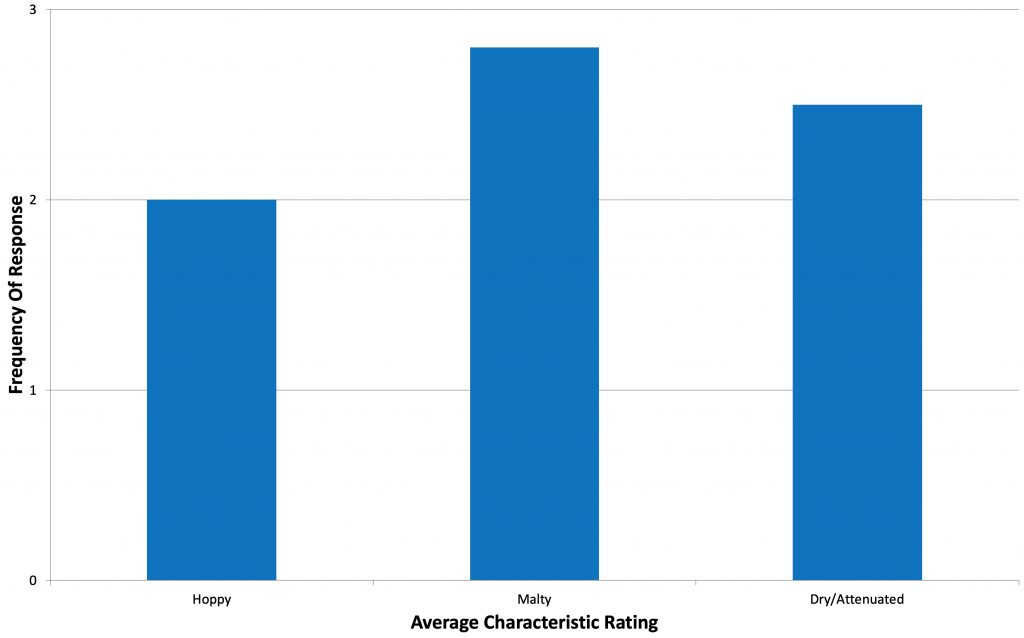
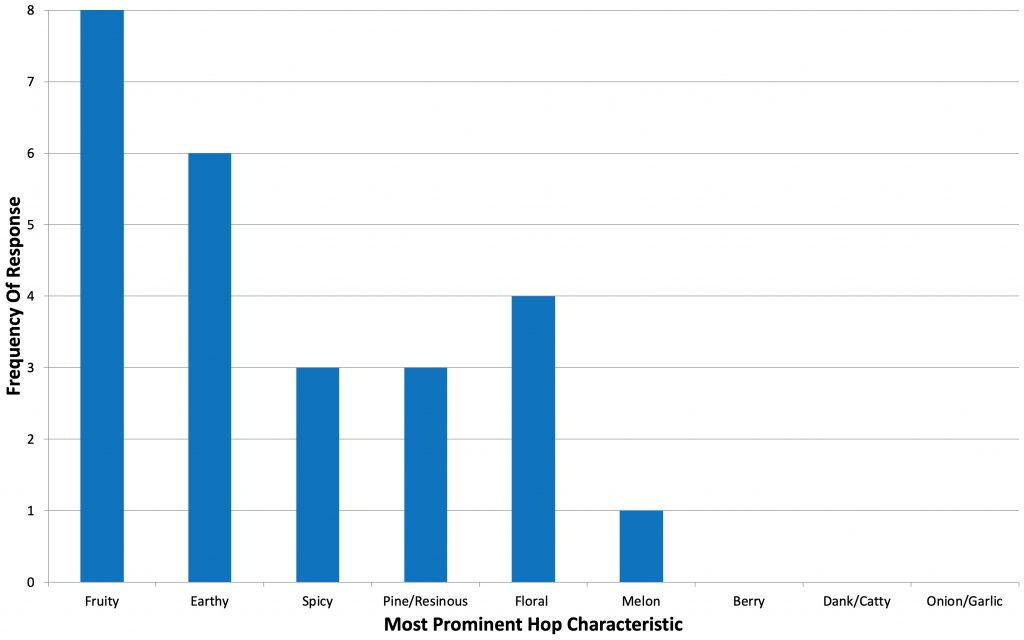
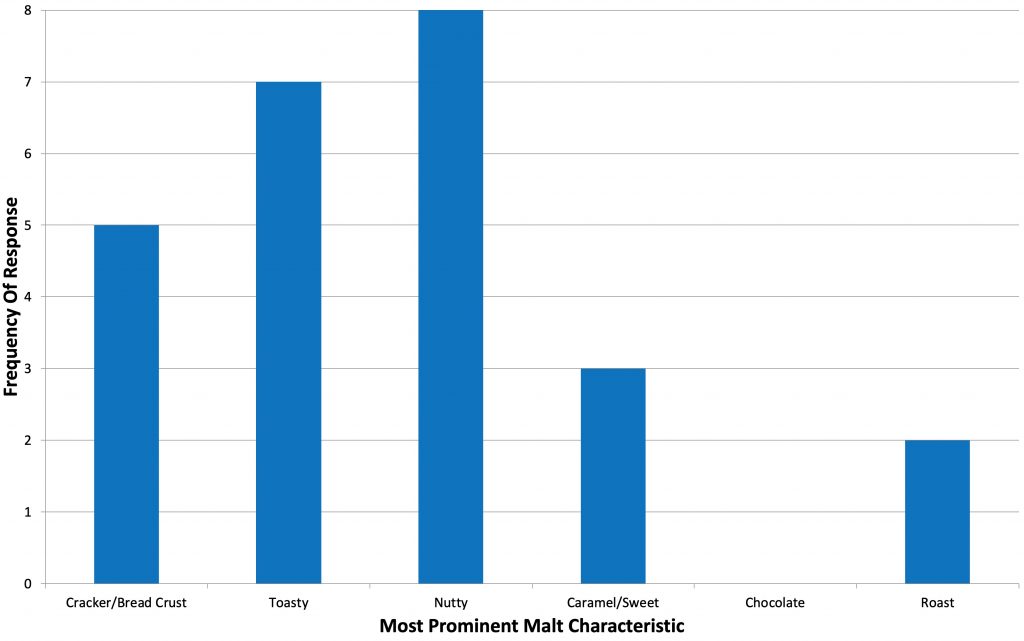
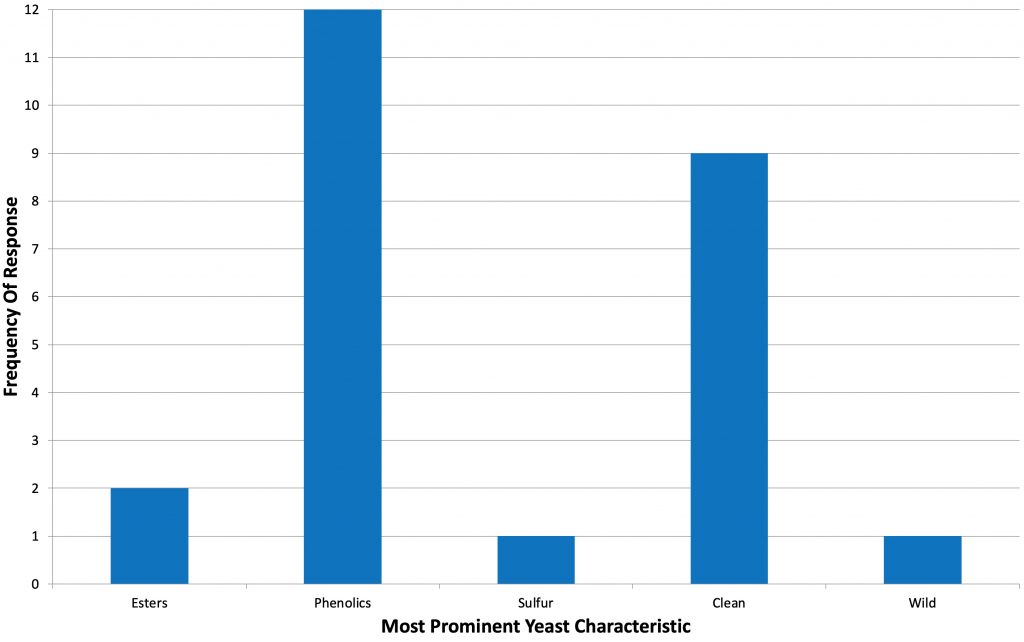
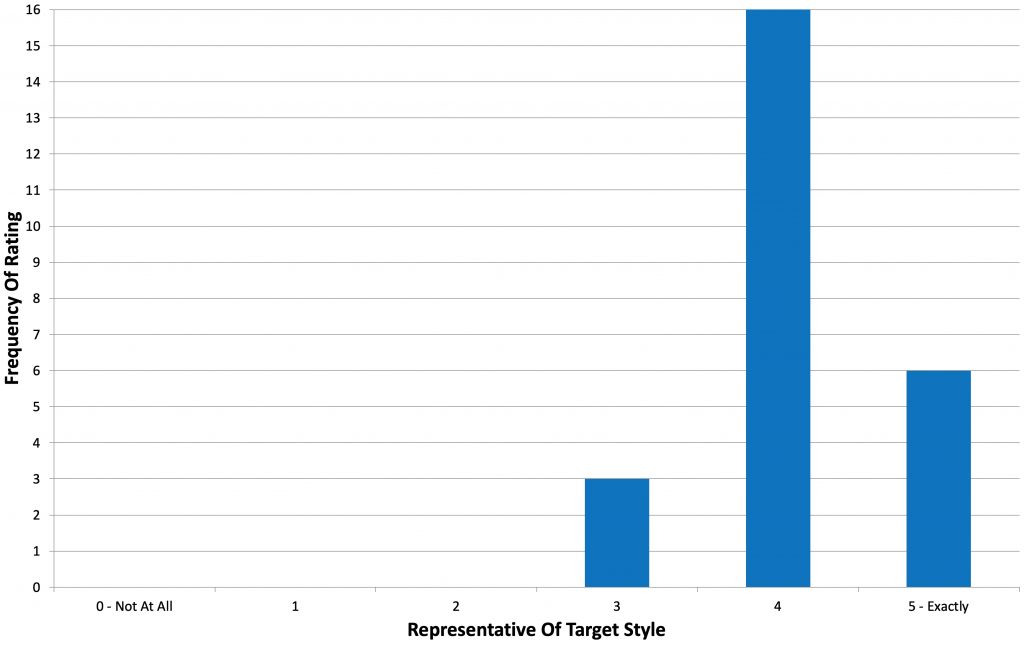
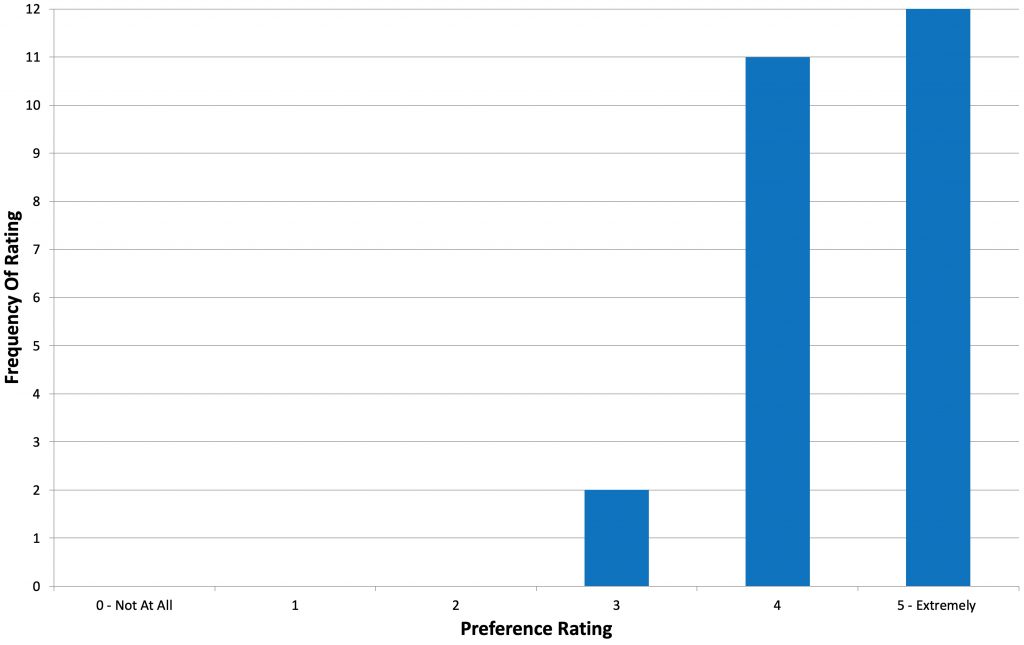











10 thoughts on “Short & Shoddy | Festbier”
No thoughts on why over half your tasters noted phenolics in a Festbier?
Yes, this was putting me off as well! Especially in combination with the representative of the style ratings.
I can’t speak for every taster, b/c I don’t know everyone’s background or sensitivity to phenols when they take the survey. All I can say it was not something I detected. I would have rated it as clean!
It’s very odd to me. Phenolic, but not off in a Lager. Maybe once the style was known tasters reinterpreted the phenolics as spicy hop character?
I thought for sure after I saw the phenolic ratings that this would be about how this beer got infected or had an unhealthy fermentation.
I assumed it was the wrong graph… text says one person detected esters, graph says two people did.
The text also says that there were 20 tasters, but all the graphs show 25 responses.
Thanks for the experiment. I love this style and may have to give this a go.
To what extent to you credit the warm-lager fermentation under pressure for the success of the beer? That is, do you think it would be different if fermented at the same temp but w/o the spunding valve? I’m just beginning to experiment with lager pressure fermentation at ale temps.
In my experience, I don’t believe pressure fermentation does much other than save money on CO2. There have been several xBmts here, and I have personally done pressure fermentation xBmts, and they just haven’t come back significant. Harvest brews clean up to 66-67F and global you can push even warmer and get away with it, with or without pressure.
Interesting. I know you guys have done a number of side by sides and people can’t tell the difference when lagers are fermented warmer than conventionally thought they could be. I suppose if anything pressure fermentation gives us amateurs the confidence to make lagers at warmer temps with the thought that will somehow be better than if we did it w/o pressure. Thanks for the write up.